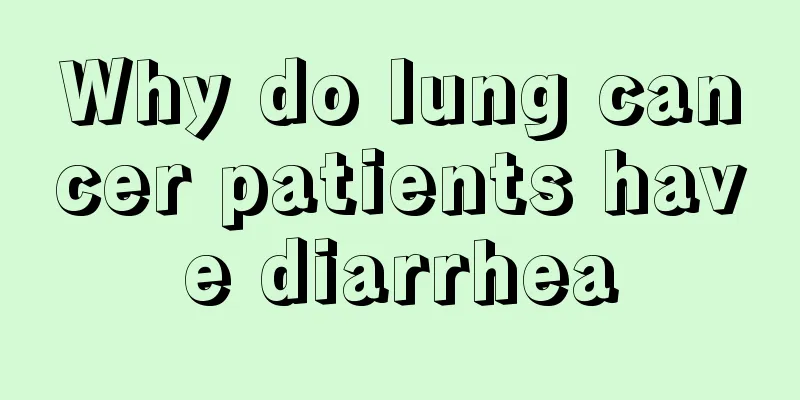What are the symptoms of carbon monoxide poisoning?

|
What are the symptoms of carbon monoxide poisoning? There are many manifestations, which are generally characterized by coma and body convulsions. Therefore, when such a situation occurs, the patient must be treated in time to improve the poisoning phenomenon. Many people do not know much about carbon monoxide poisoning. Therefore, in normal times, we must learn more about it so that we will know what to do when it occurs. So what are the symptoms of carbon monoxide poisoning? The following is a detailed introduction so that when such a problem occurs, it can be accurately judged and the patient's condition can be improved. Especially if you are poisoned by carbon monoxide, you must receive treatment in time to avoid harm to your health. Symptoms of carbon monoxide poisoning: Signs and symptoms of CO poisoning vary widely and depend on many factors, such as exposure concentration and duration of exposure. Symptoms are nonspecific and may include flu-like symptoms, altered mental status, seizures, coma, gastrointestinal symptoms, shortness of breath, hyperventilation, headache, arrhythmias, angina, and polycythemia. Symptoms and signs of cerebral hypoxia and poisoning are the main manifestations of CO poisoning. Mild cerebral hypoxia may manifest as dizziness, blurred vision, headache, general fatigue, nausea and vomiting, chest tightness, palpitations, etc. Patients with severe cerebral hypoxia present with coma accompanied by increased muscle tone and decorticate rigidity. Patients whose circulatory function is in a compensatory state may be the first to show symptoms, and the symptoms are the most serious. For example, patients with coronary heart disease may suffer acute myocardial infarction after severe poisoning. Acute poisoning can be diagnosed based on the following conditions: history of exposure (especially when two or more people experience similar symptoms and signs), clinical manifestations dominated by damage to the central nervous system and exclusion of other nervous system diseases, and blood HbCO measurement when necessary. This cannot be used to judge prognosis or formulate treatment plans. There was also a lack of correlation between clinical symptoms and HbCO levels. Arterial blood gas examination has no special clinical significance. Through the above explanation, we have some understanding of the symptoms of carbon monoxide poisoning. Therefore, we should protect ourselves reasonably in normal times. In daily life, we should have a reasonable diet and keep a regular schedule. This will be of great help to the development of our body. |
<<: What are the symptoms of obsessive-compulsive disorder?
>>: One-week quick weight loss diet
Recommend
What is the difference between hiking shoes and running shoes
Hiking shoes and running shoes are two types of s...
What should be paid attention to in nursing after ovarian tumor removal
Ovarian tumor is a disease that affects the healt...
What to do if the upper lip is thick and the lower lip is thin
The image of the lips is something that many wome...
Is egg hair care reliable?
Hair has a great influence on a person's appe...
How to keep mangoes from rotting
Mango is a very common fruit in people's dail...
Beauty and hair growth soup, a small folk remedy to cure serious diseases
In life, both men and women hope to have black an...
Five methods of TCM treatment for narcolepsy
Not many people know much about narcolepsy, but t...
6 Secret Liver Protection Recipes
How can we effectively nourish and protect the li...
What are the early symptoms of liver cancer? 6 early symptoms of liver cancer Early detection and early treatment
We all know that liver cancer is a malignant tumo...
Precautions for early prevention of teratoma
Everyone knows that teratoma is very harmful to f...
Things to note after nail removal for paronychia
Many people cut their nails frequently. Every tim...
Is it OK to drink lemon water and sunbathe?
Lemon is a common fruit and is also cheap, but ma...
Can gout patients eat roast chicken?
Gout patients suffer a lot because they have to e...
How to treat viral plantar warts
Plantar warts are a common foot disease. Plantar ...
What are the treatments for middle and late stage lung cancer? 2 treatments for middle and late stage lung cancer
If you have lung cancer, the earlier you start tr...









